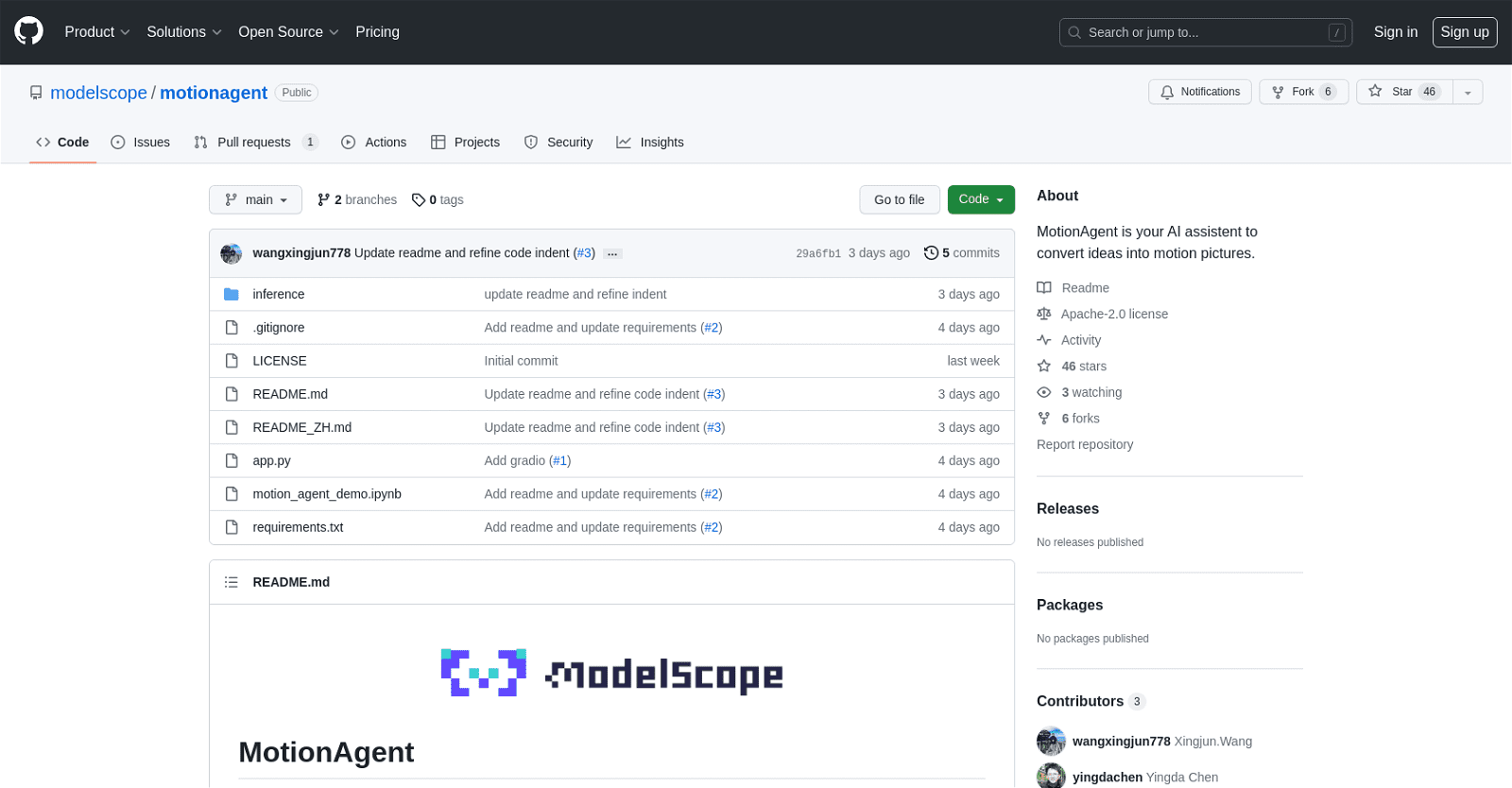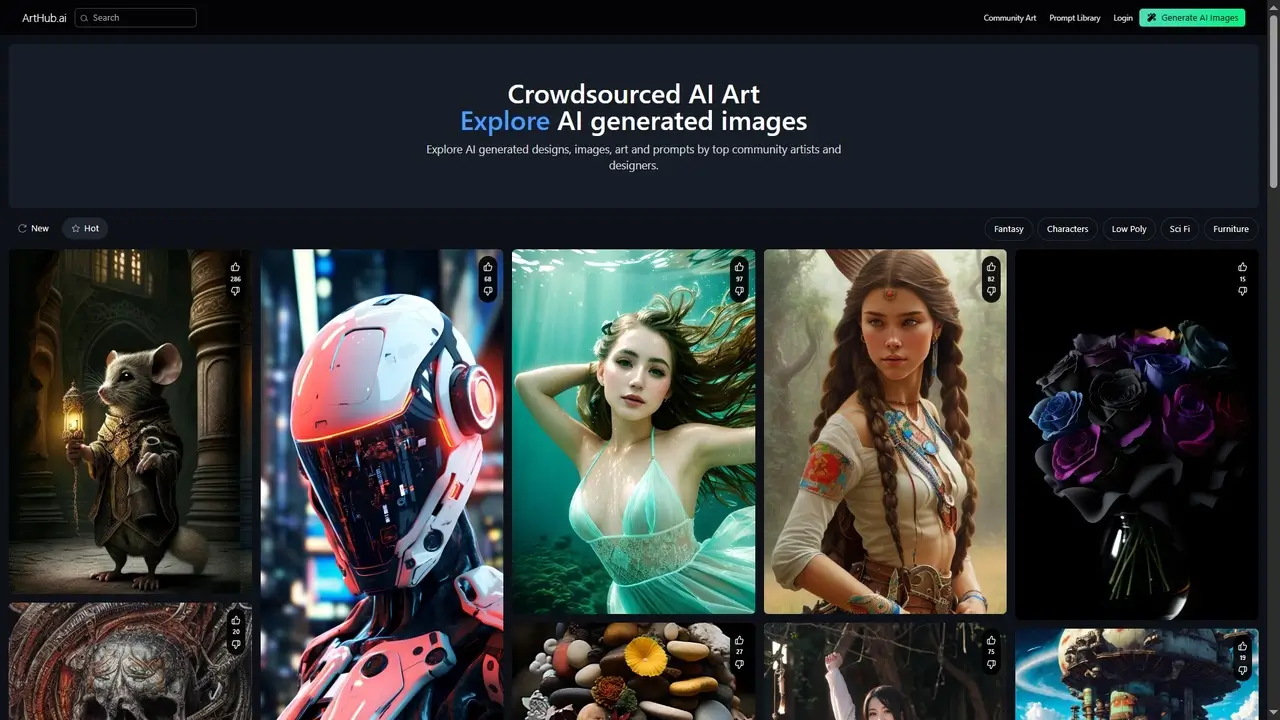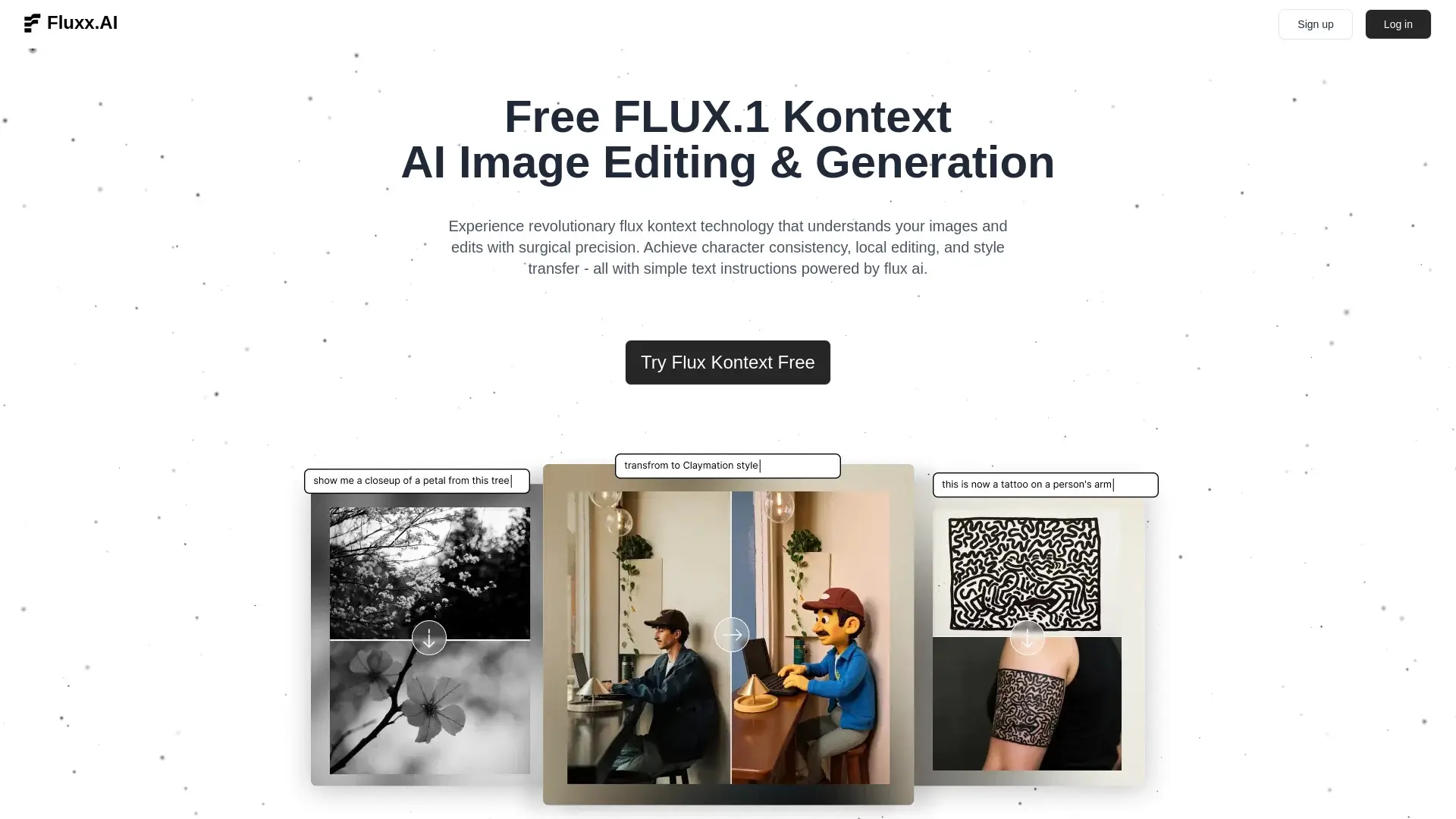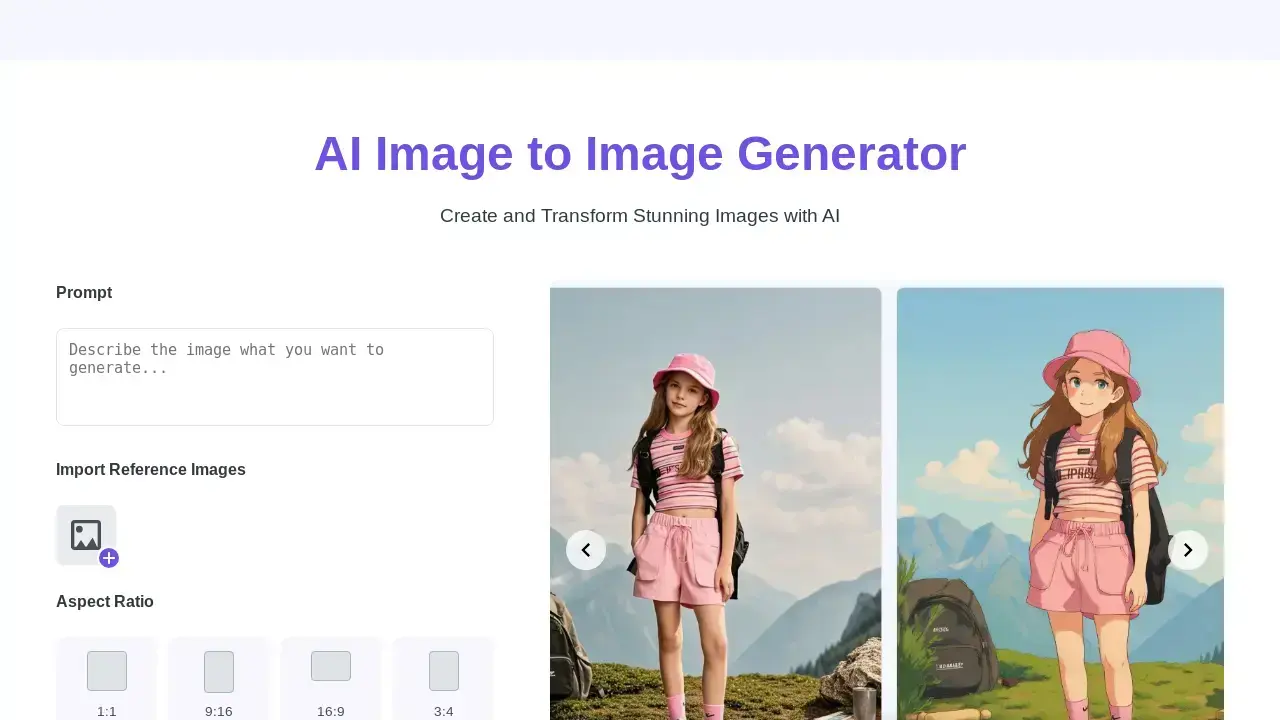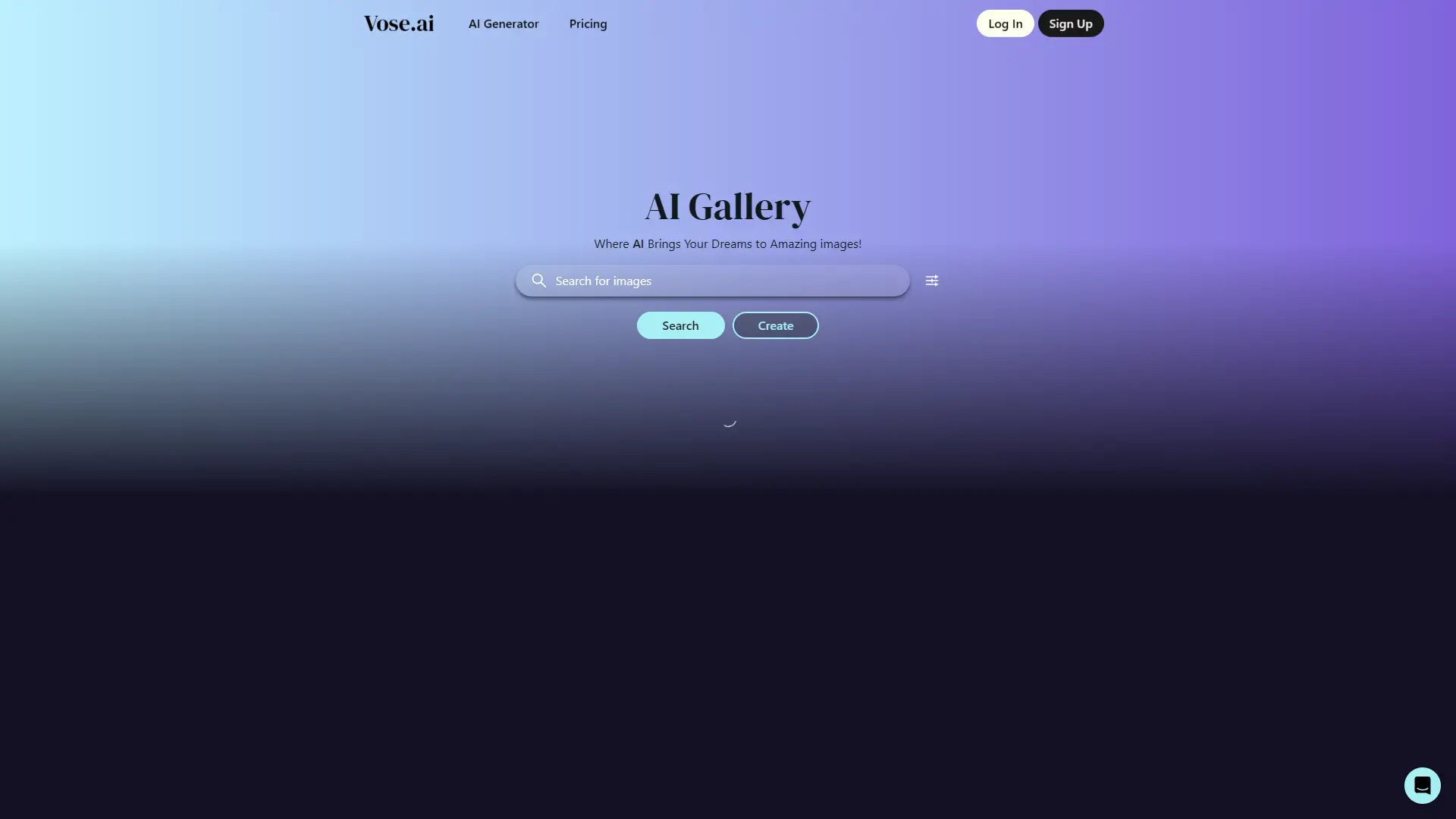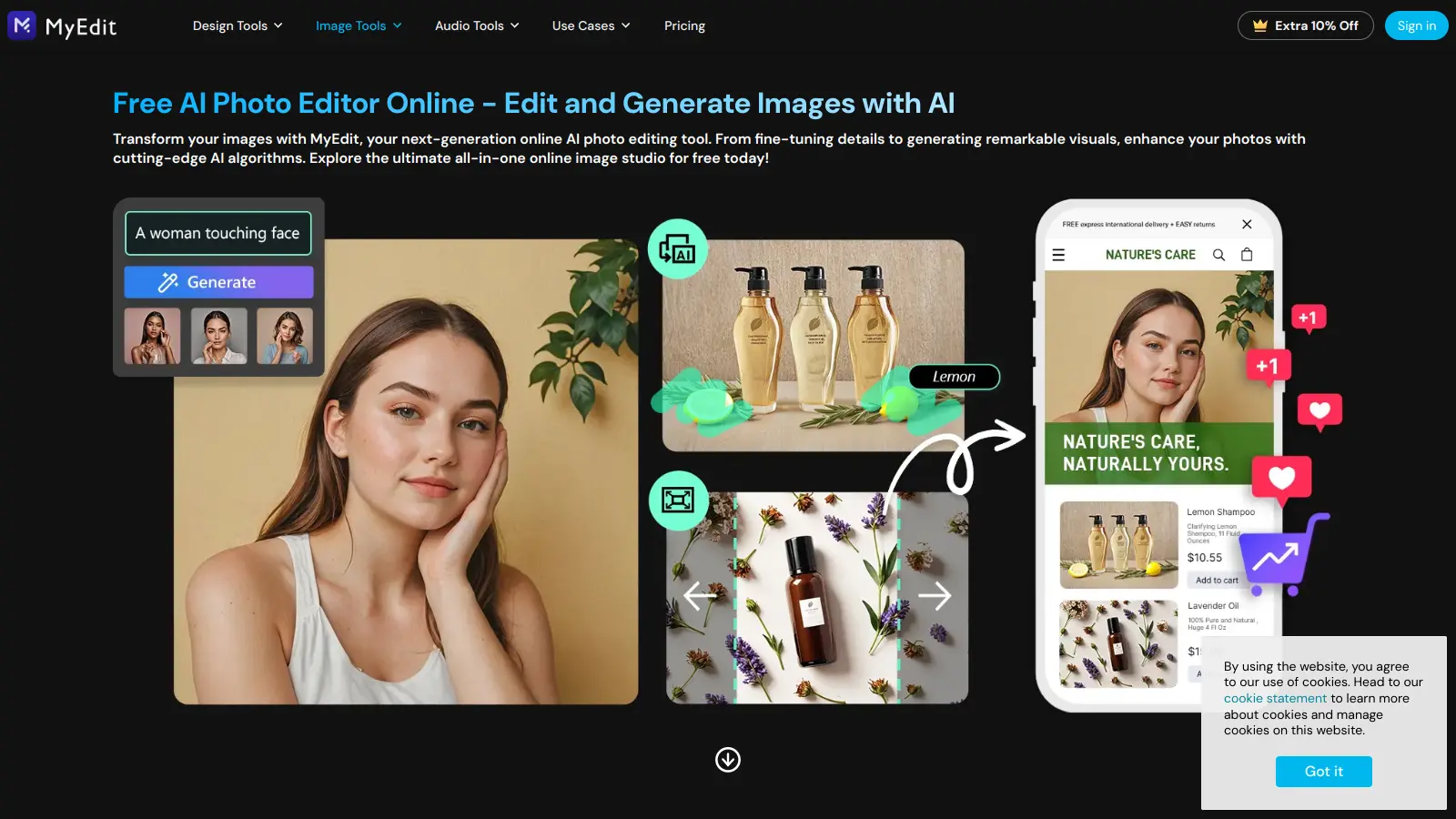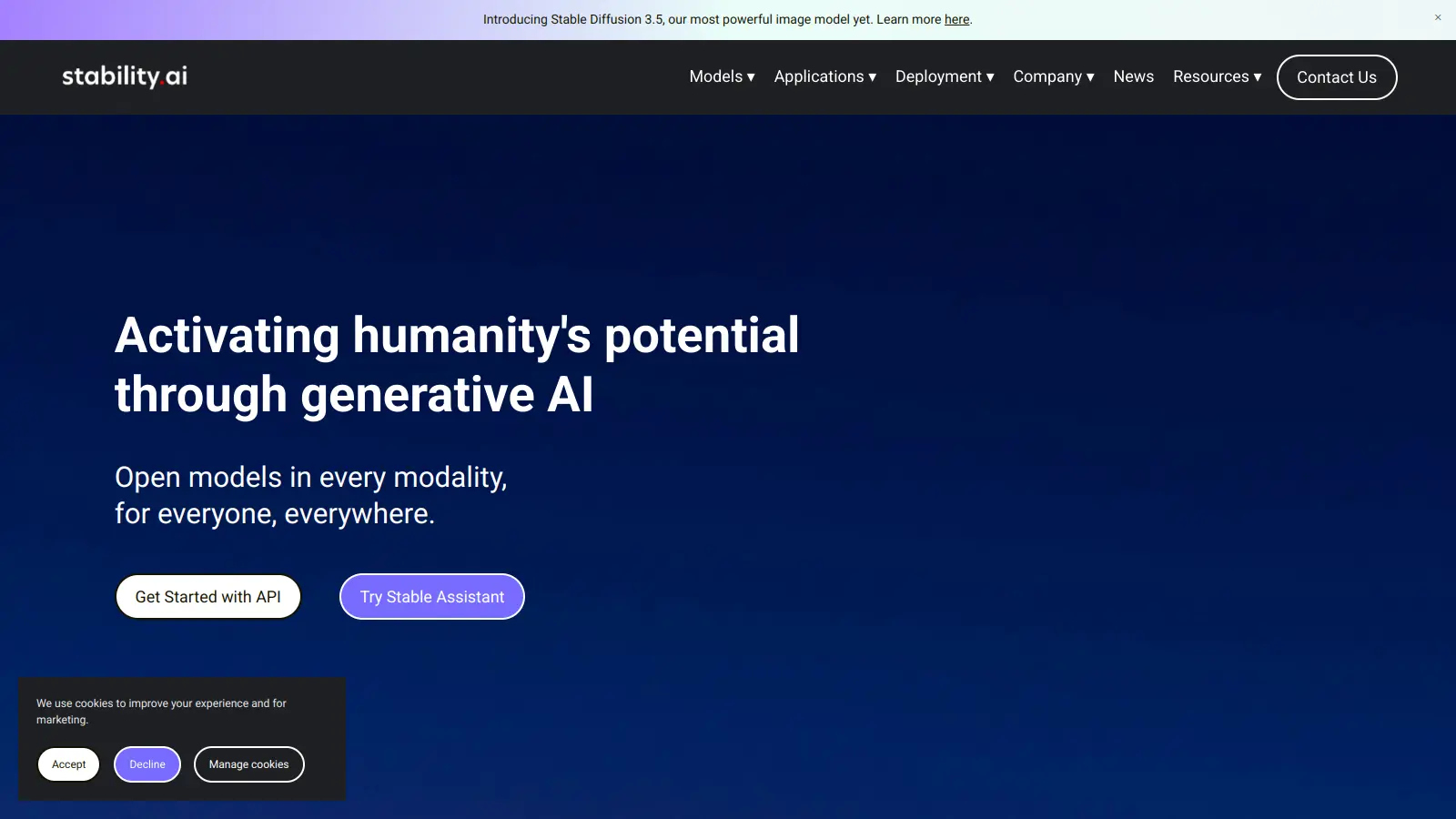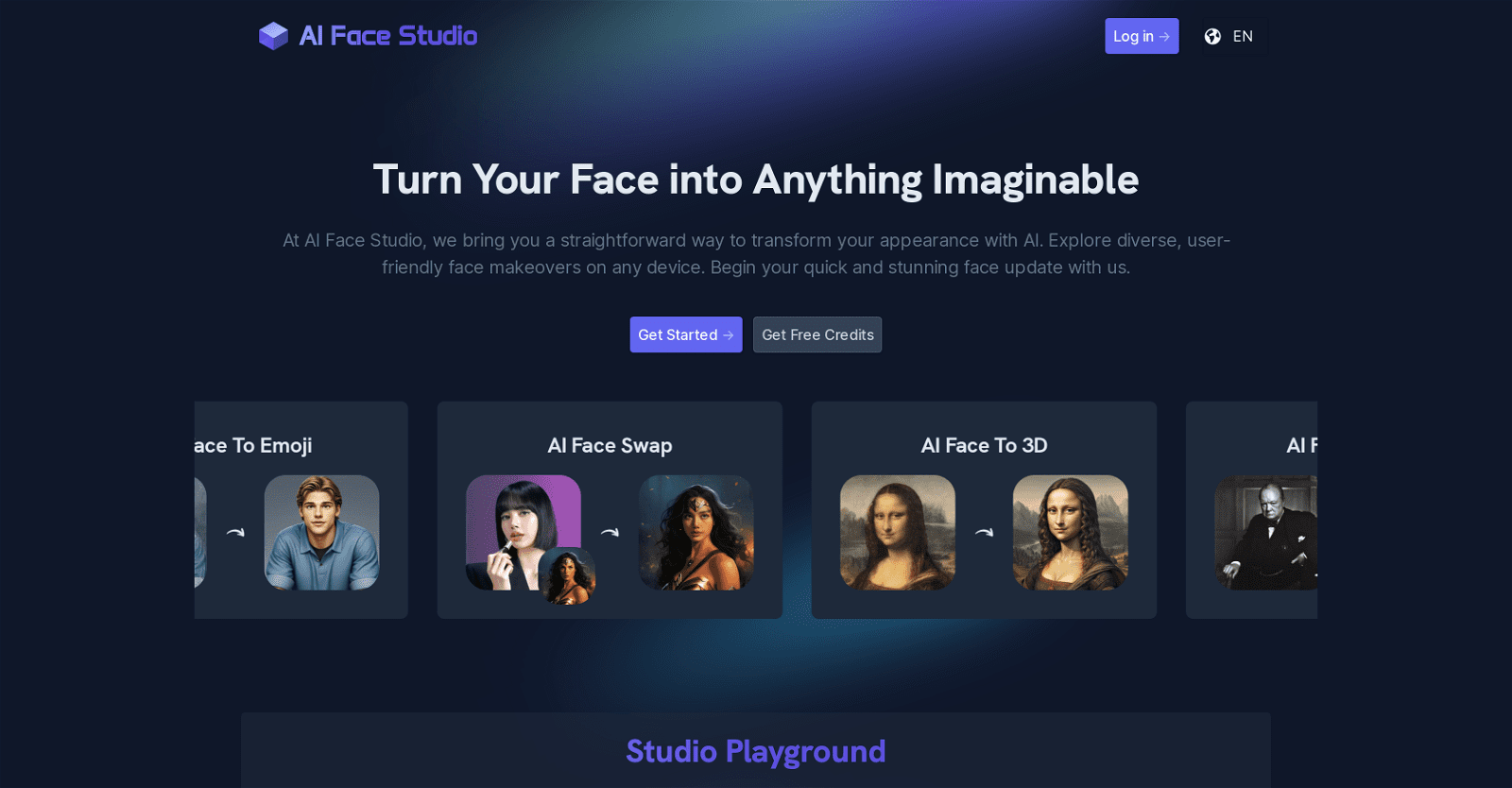MotionAgent, available on GitHub, is an AI assistant designed to streamline the creative process of transforming ideas into motion pictures. Leveraging artificial intelligence technology, MotionAgent assists users in generating engaging visual content by interpreting their concepts.
This tool significantly reduces manual labor by utilizing its AI capabilities to analyze user input and understand the desired visual outcome. Based on this understanding, MotionAgent generates relevant motion picture sequences, expediting the creation process.
By empowering users to bring their ideas to life efficiently, MotionAgent enables them to create high-quality motion content without extensive effort. Its AI-driven approach enhances productivity and reduces the time required for producing compelling visual projects.
MotionAgent is a valuable asset for individuals or teams involved in motion picture creation, providing an intuitive AI assistant that facilitates the conversion of ideas into dynamic visual content.
More details about Motionagent
What technology is MotionAgent built on?
The foundation of MotionAgent is artificial intelligence. For varied purposes, it makes use of several deep learning models. As an example, the LLM model (similar to Qwen-7B-Chat) can be used to generate scripts in a variety of styles. Other models that can be used to generate movie stills, high-definition videos, and custom-styled background music include SDXL 1.0, I2VGen-XL, and MusicGen.
How does MotionAgent assist in movie creation?
MotionAgent converts user inputs into motion content to aid in the development of movies. These inputs are interpreted and comprehended by the AI, which then produces pertinent visual results. This facilitates the quick conversion of ideas into visual scenes, which expedites the filmmaking process.
How does MotionAgent assist in the creation of motion pictures?
MotionAgent uses artificial intelligence (AI) technology to transform ideas into motion content, which helps in the production of movies. It reduces the need for manual labor by using user inputs to produce appropriate visual outcomes. It speeds up the creative process and makes it possible for both individuals and groups to produce engaging movies more quickly.
